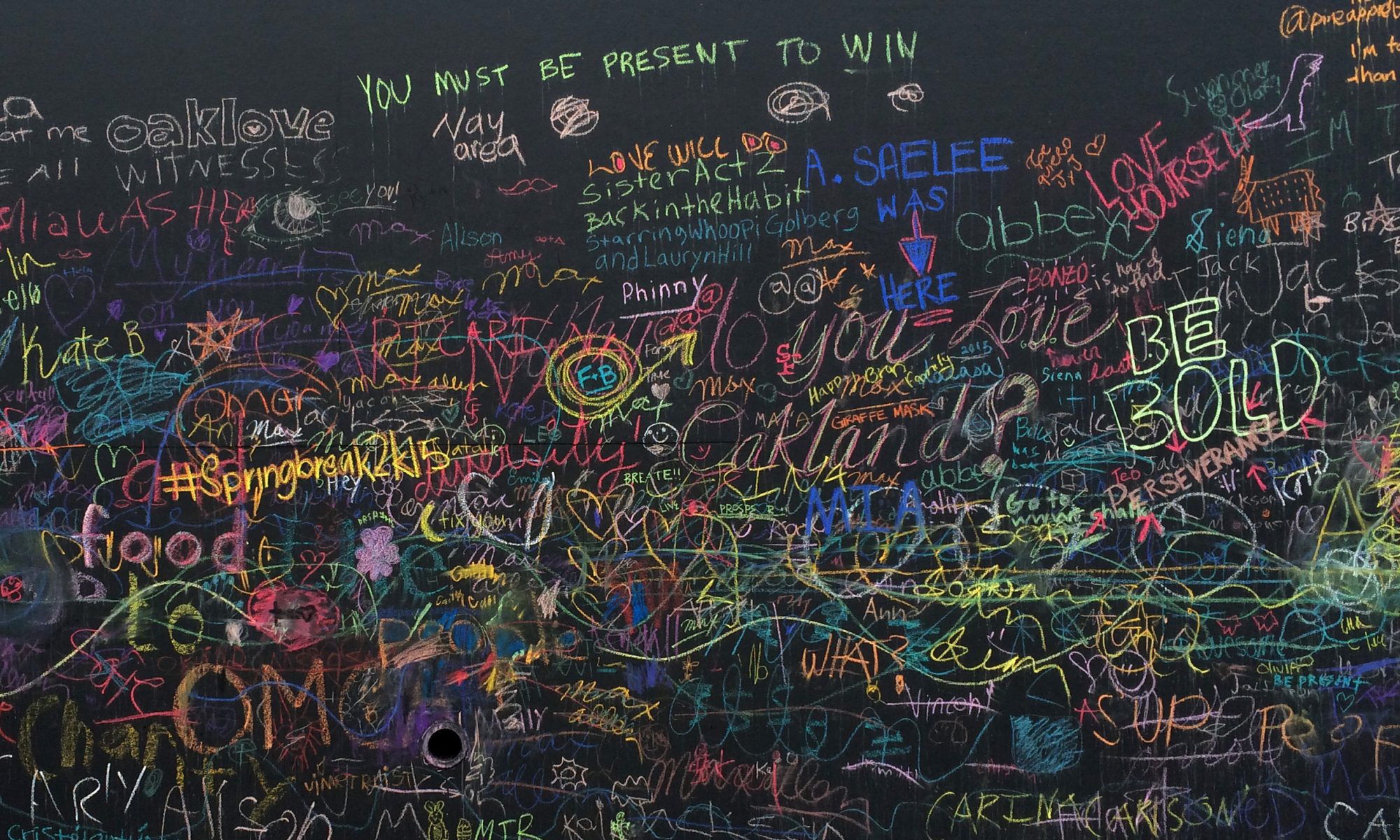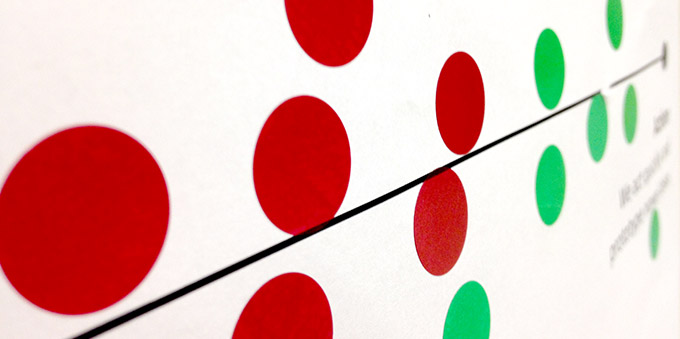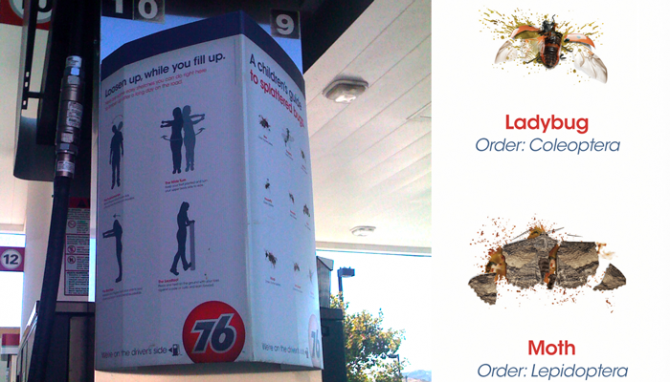During a conversation at a conference, I mentioned I had created a brand strategy for myself as a job candidate. When asked, “Did you do stakeholder interviews?” I nodded, thrilled by his intuition, before realizing he was kidding. Almost before his words were out he grasped his misperception and we agreed that while it sounds odd on the surface, of course I would gather feedback from colleagues. Why wouldn’t I? That’s an important part of the brand audit process, no matter who it’s for.
Developing a brand is the more or less the same whether you are a Fortune 500 company, small business, entrepreneur, or job seeker. To be successful you have to know your core identity, competitors, audience, and value proposition, among other things, and then have a plan for how to communicate that consistently and compellingly. Each situation will have different angles and challenges, but the basic framework always applies.
My project was part of the Brand Strategy course taken in my final semester. The assignment was to perform a brand audit, starting with assessing the market, getting feedback about existing brand image, and then articulating a differentiated brand identity, personality, and position. We were encouraged to use a real-world project or even ourselves as the brand to make it immediately relevant and useful.
I chose the “Brand of Me” option which, admittedly, felt like a bit of a lark at first. But soon I realized how valuable it would be to apply a rigorous audit and strategy process to my career planning as I prepared to be among the first DMBA graduates. With a hybrid set of skills and a unique MBA, being able to clearly define my target markets, strengths, messages, and experiences would be critical. And, as many of us expect to have to create our own positions, having a long-term career strategy would be equally important.
In two years I had collected a mountain of frameworks, and I enthusiastically applied every tool I had to this exploration. For me, the key is not knowing what a tool might add to the process but doing it anyway to find out if it will reveal something new. Taking the time to explore seemingly redundant tools for mapping the transition from “here to there” helped me identify common threads, triangulate missing information, and find the most effective visualization. I relied heavily on visualizations in an effort to align the tools with the subject, since a key part of my value proposition is the ability to synthesize and visualize information.
The most valuable learning came in the process itself. Not every tool was useful and some had to be altered or even invented, but continuing to iterate and sketch led me to insights in unexpected places. Some tools took me down blind alleys — all versions of mind maps and ecosystems, normally some of my favorites, did not produce new information. The greatest insights came from a timeline, which I originally intended simply as a graphic about my career rather than as a strategy tool. However, the process of mapping my past positions, activities, and learning revealed the future as well. The timeline gave me a structure to plot out interim and end goals, plus the adjustments needed in activities and learning to reach them. The effect was similar to a ERRC (Eliminate, Raise, Reduce, Create) grid, but with a chronological dimension added.
Observing the varying audits presented by my classmates illustrated that while all brand strategies share a framework, there are not “5 easy tools” that will provide optimal insights for every brand. It takes diligence and a curious mind to adapt the process to each unique situation, but brand strategy can be applied to any professional endeavor, even career planning.
Article originally published in the DMBA 2010 student annual


 Recently I had the pleasure of keeping my brother company as he drove a U-Haul across half of Arizona and California. After the endless desert dotted with horribly designed billboards along I-10 and the vast nothingness along I-5, our very boring trip was brightened by cute ads at a 76 station.
Recently I had the pleasure of keeping my brother company as he drove a U-Haul across half of Arizona and California. After the endless desert dotted with horribly designed billboards along I-10 and the vast nothingness along I-5, our very boring trip was brightened by cute ads at a 76 station.
 After two years of ambiguity and stretching and perseverance, I have officially earned the designation of Master of Business Administration! That seems like a silly title; administering business is just about the last of my aspirations.
After two years of ambiguity and stretching and perseverance, I have officially earned the designation of Master of Business Administration! That seems like a silly title; administering business is just about the last of my aspirations.